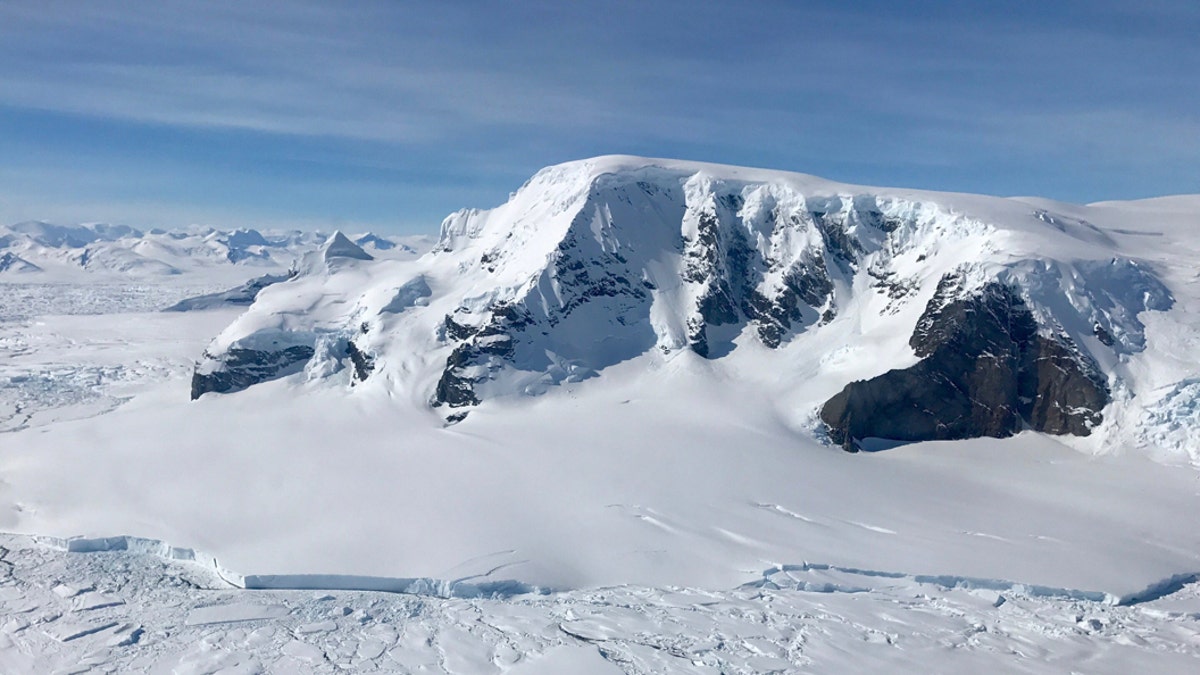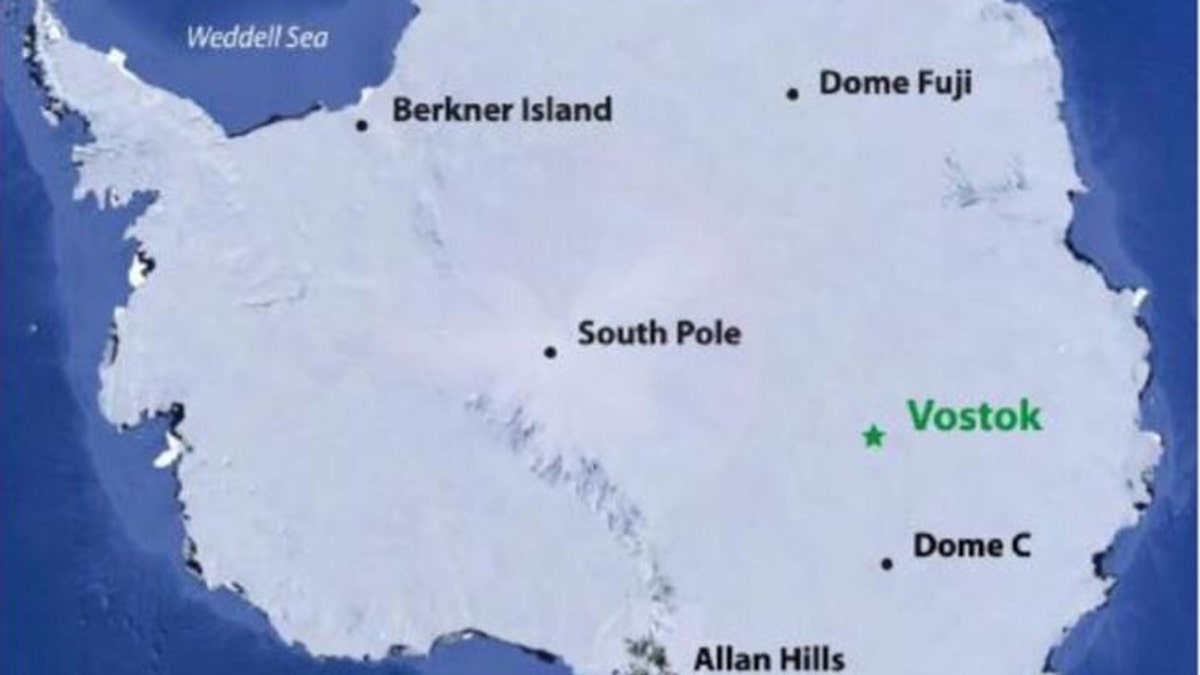Fox News Flash top headlines for Oct. 21
Fox News Flash top headlines for Oct. 21 are here. Check out what's clicking on Foxnews.com
An explosive new study has found that nearly 60 years after nuclear tests were performed in the Pacific Ocean, radioactive chlorine is still leaking from ice sheets in Antarctica.
The research says that chlorine-36 has been found in the Vostok portion of the continent after it traveled there following the weapons testing in the Pacific.
"There is no more nuclear chlorine-36 in the global atmosphere. That is… why we should observe natural chlorine-36 levels everywhere," said one of the study's co-authors, Mélanie Baroni, in a statement.

New research finds some glaciers in Antarctica are still releasing radioactive chlorine-36 created during 1950s nuclear weapons tests. (Credit: NASA/Joe MacGregor)
Researchers tested two different areas in Antarctica to determine the level of chlorine-36, Talos Dome, as well as Vostok.
In Talos Dome, the radioactive isotope declined in the period between 1910 and 1980, whereas Vostok did not.
"In the late 1950s this anthropogenic pulse led to an increase of 36Cl concentration at Talos Dome that was more than 100 times higher than the pre‐ and post‐bomb values," the study abstract states. "It is noteworthy that the atmosphere of Vostok remains polluted by anthropogenic 36Cl today."

1 / 1Vostok and Talos Dome are both shown on this map of Antarctica. Vostok is still releasing anthropogenic chlorine-36 into the atmosphere. (Credit: AGU)
CHERNOBYL'S RADIOACTIVE 'WILDLIFE PRESERVE' SPAWNS GROWING WOLF POPULATION
The abstract continued: "This pollution results from gaseous H36Cl mobility at low accumulation sites and implies re‐emission of 36Cl from the snowpack that is not observed at Talos Dome."
At the end of 1980, chlorine-36 was four times as high as expected in Talos Dome. By 2008, chlorine-36 levels at Vostok were nearly 10 times as what would have been expected naturally, the researchers found, an indication it was still being leaked into the environment.
The research has been published in the Journal of Geophysical Research: Atmospheres.




















